Angie's List and NextDoor's Favorite: 2017 -2024
This is a subtitle for your new post
When a clog hits, the humble plunger is often the first line of defense. But, like any tool, there’s a right way to use it and a few things to avoid. Whether it’s a minor blockage in your sink or your toilet’s giving you attitude, knowing how to plunge like a pro can save you time, frustration, and money. Let’s dive into the essentials of choosing the right plunger and the proper technique to clear that clog.
Choosing the Right Plunger
Not all plungers are created equal. In fact, there are different types for different jobs, and using the wrong one can make things worse. Here's a quick guide on the best ones for your plumbing adventures:
1. Cup Plunger (aka Sink Plunger)
This is the classic design with a simple rubber cup at the end. Great for flat surfaces like sinks, bathtubs, and showers. Pro tip: Avoid using this one in the toilet – it's not built for that!
2. Flange Plunger (aka Toilet Plunger)
This is the one with an additional flap (the flange) that extends from the bottom. It's specifically designed for toilets because the flange fits snugly into the toilet drain, creating a better seal for more effective plunging.
3. Accordion Plunger
Made of hard plastic with a unique accordion-style body, this one’s built for heavy-duty toilet clogs. It provides extra pressure but can be tricky to use if you’re not familiar with it.
Which One to Choose?
If you’re dealing with sink or shower clogs, go for the cup plunger. For toilets, a flange plunger will be your go-to. And if you’re consistently facing the toughest clogs, consider an accordion plunger (but handle it with care!).
Do’s of Plunging
1. Do Ensure You Have the Right Plunger
A cup plunger for sinks and a flange plunger for toilets is key. Using the wrong type won’t get the job done and could damage your fixture.
2. Do Create a Tight Seal
The magic of plunging is in the seal. When using a plunger, ensure that the rubber cup (or flange) covers the drain completely. For toilets, the flange should sit inside the drain opening. The better the seal, the more pressure you’ll generate to dislodge the clog.
3. Do Use Water to Your Advantage
For sinks and toilets, the plunger works best when the drain is filled with enough water to cover the rubber cup. Water acts as the pressure medium, not air, so make sure there's enough to work with.
4. Do Plunge with a Steady Rhythm
No need to go all Hulk on it. Start by gently pressing the plunger down to force the air out, then push and pull with a steady motion. Too much force can splash (which no one wants) or damage the plumbing.
Don’ts of Plunging
1. Don’t Use Harsh Chemicals First
If you’ve already poured drain cleaners or chemical agents down the drain, avoid plunging right after. These chemicals can splash back at you or create toxic fumes. It’s best to wait or use a plunger first.
2. Don’t Plunge Too Aggressively
Slamming the plunger can cause water or even raw sewage to splash out. Instead, aim for controlled, powerful strokes that create steady suction. Fast doesn’t always mean effective.
3. Don’t Ignore Overflow Openings
If you’re plunging a sink or bathtub, be sure to cover the overflow opening with a wet cloth. This ensures the pressure stays where it needs to – down the drain. Otherwise, air escapes and weakens your efforts.
4. Don’t Plunge If You Suspect a Bigger Problem
If a single fixture is clogged, plunging is usually your answer. But if multiple drains are slow, or if plunging doesn’t solve the problem, it could be a sign of a deeper issue in your main line. At that point, it’s time to call in a pro.
When to Call It Quits
If you’ve been plunging for 10–15 minutes with no success, don’t keep pushing your luck. Persistent clogs, frequent backups, or foul smells could mean a bigger plumbing issue like tree root intrusion, pipe damage, or a deep clog that needs professional attention.
At Duncan Plumbing, we’re always ready to step in when plungers just aren’t cutting it. Give us a call, and we’ll get things flowing smoothly again – no mess, no stress.
Final Thoughts
Mastering the plunger isn’t hard, but using the right tool and technique can make all the difference. Next time you’re dealing with a stubborn clog, remember these do’s and don’ts to make the process as painless as possible. And hey, if things start getting messy, you know who to call!


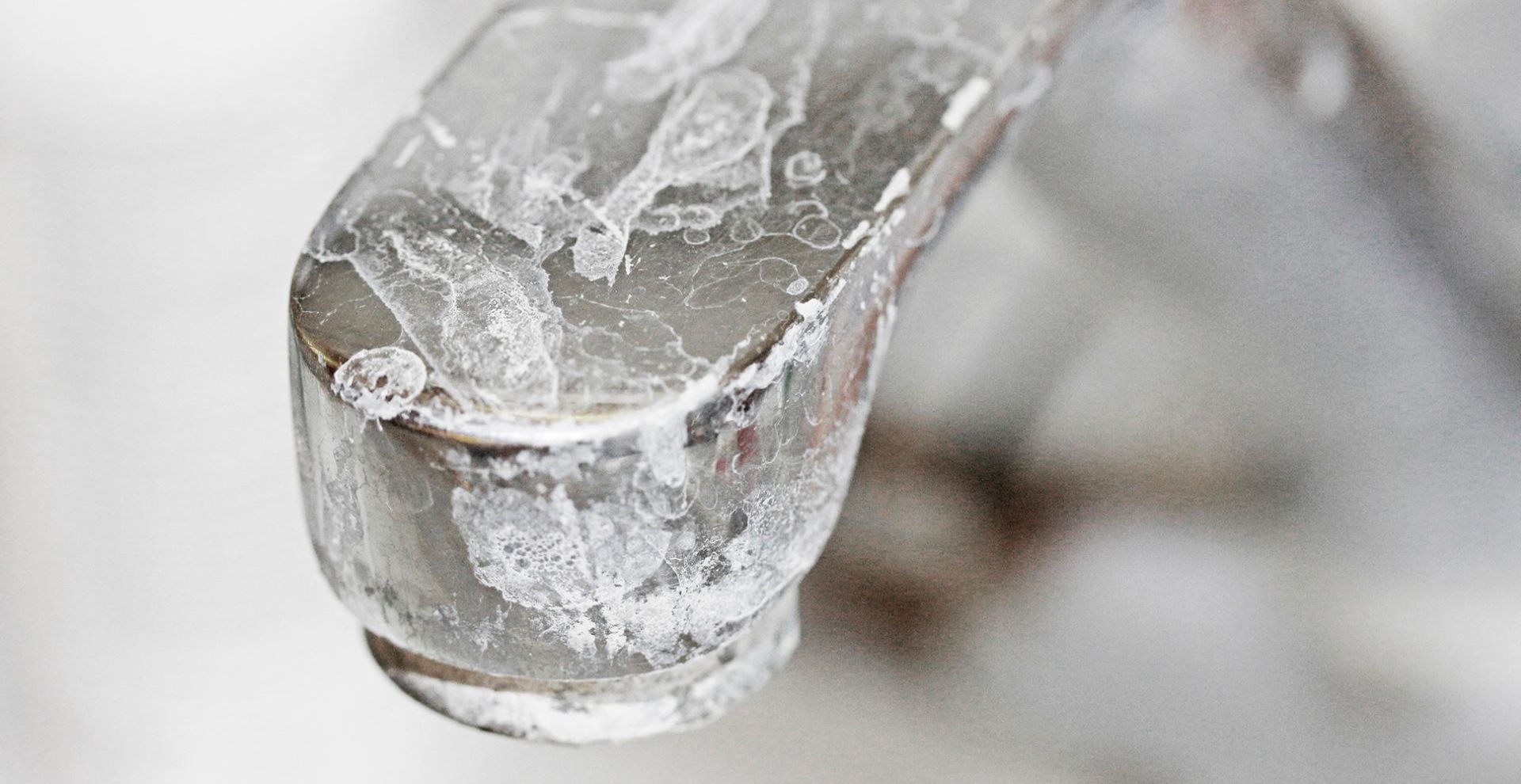

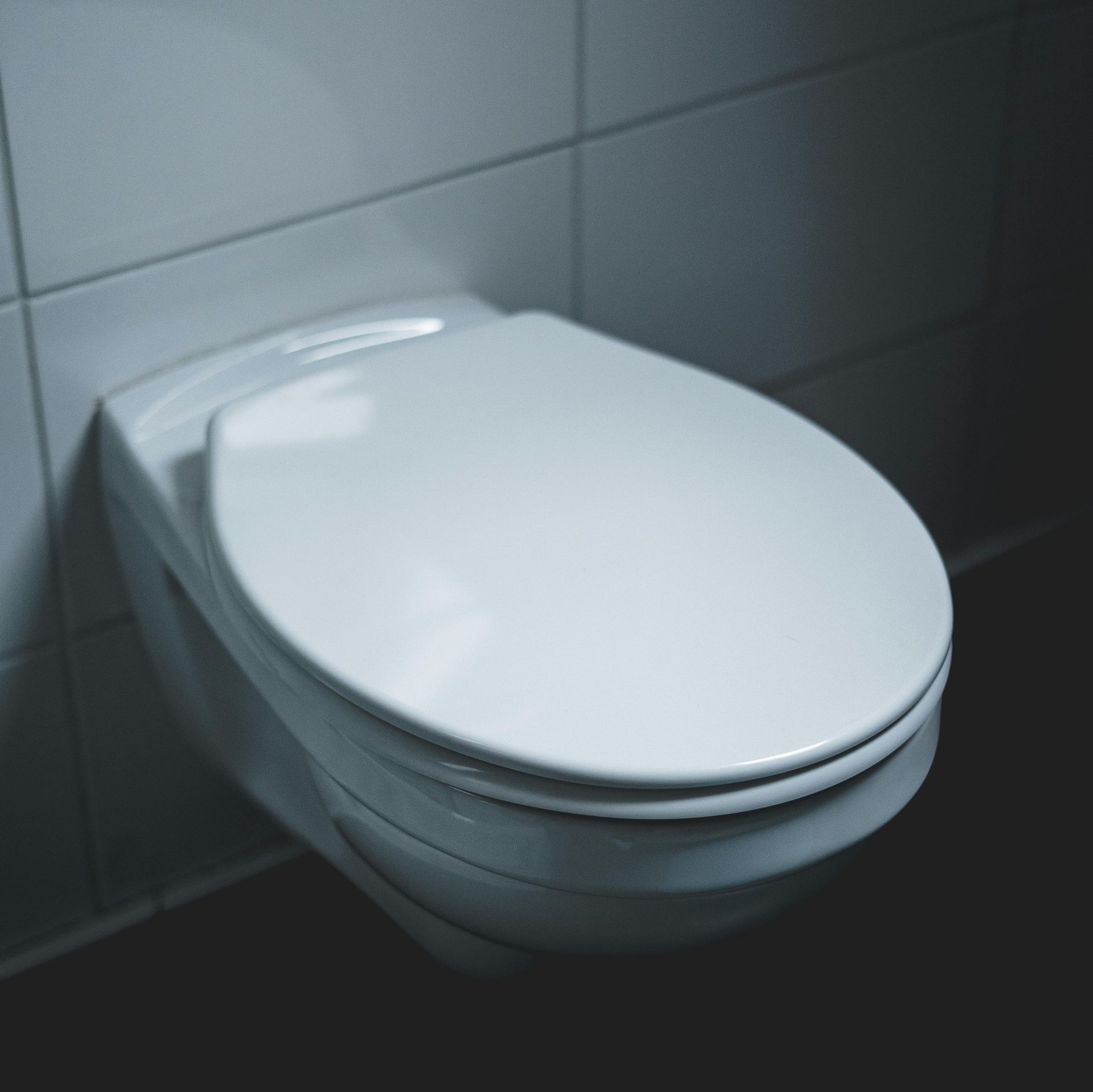
SERVING
and Surrounding Areas

HOURS
Hours:

CONTACT US
Master License # M-39624
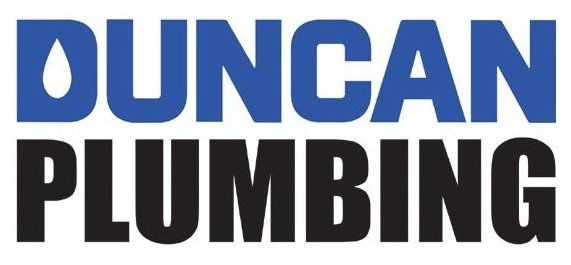

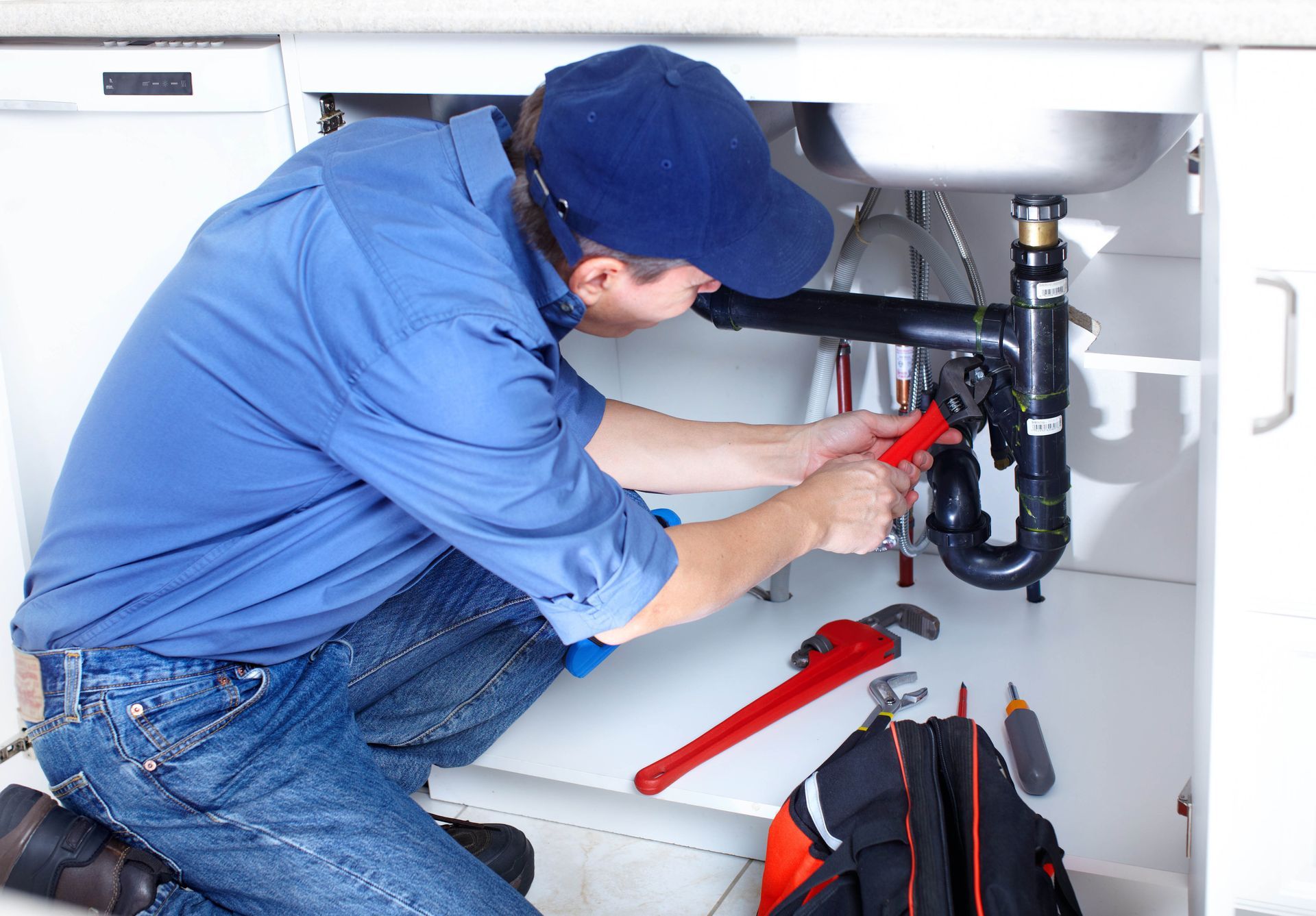




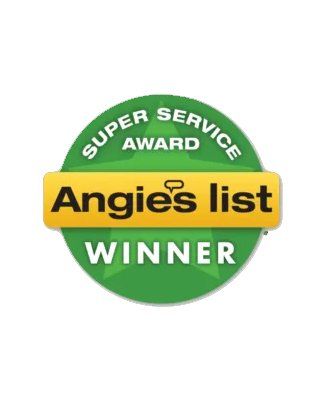
















Share On: